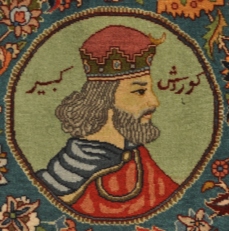Farridnejad, Shervin, and Touraj Daryaee (eds). 2022. Food for gods, food for mortals. Culinary and dining practices in the greater Iranian world. University of California, Irvine.
Preparing, serving, and consuming food can be political, as it was arranged in the royal banquet of the great kings. It could also be considered as a ritual, both in the frame of the greater ritual practices in the banquets for the gods, as well as according to a set of family costumes and gestures, which endures from one generation to the next. All these aspects have been one of the major human’s activates during the history of the civilizations and have fascinated the scholars to investigate and decode the culinary customs of the peoples during the history. The contributions of this volume present a small collection of writings, which put focus on various aspects of culinary and dining practices in the Greater Iranian World from the ancient period to the contemporary religious feast of Sufi Orders in the Balkans. They aim to overview the recent developments in the field and discuss selected aspects of the rich variety of culinary practices.

 Kleber, Kristin, Georg Neumann & Susanne Paulus (eds.). 2018.
Kleber, Kristin, Georg Neumann & Susanne Paulus (eds.). 2018.  Gholami, Saloumeh (ed.). 2016.
Gholami, Saloumeh (ed.). 2016. 
 Arabic and Persian Printing History and Culture
Arabic and Persian Printing History and Culture
 Gheiby, Bijan. 2014.
Gheiby, Bijan. 2014. 
 Mousavi-Bojnourdi, Kazem (General Editor). 2015.
Mousavi-Bojnourdi, Kazem (General Editor). 2015.